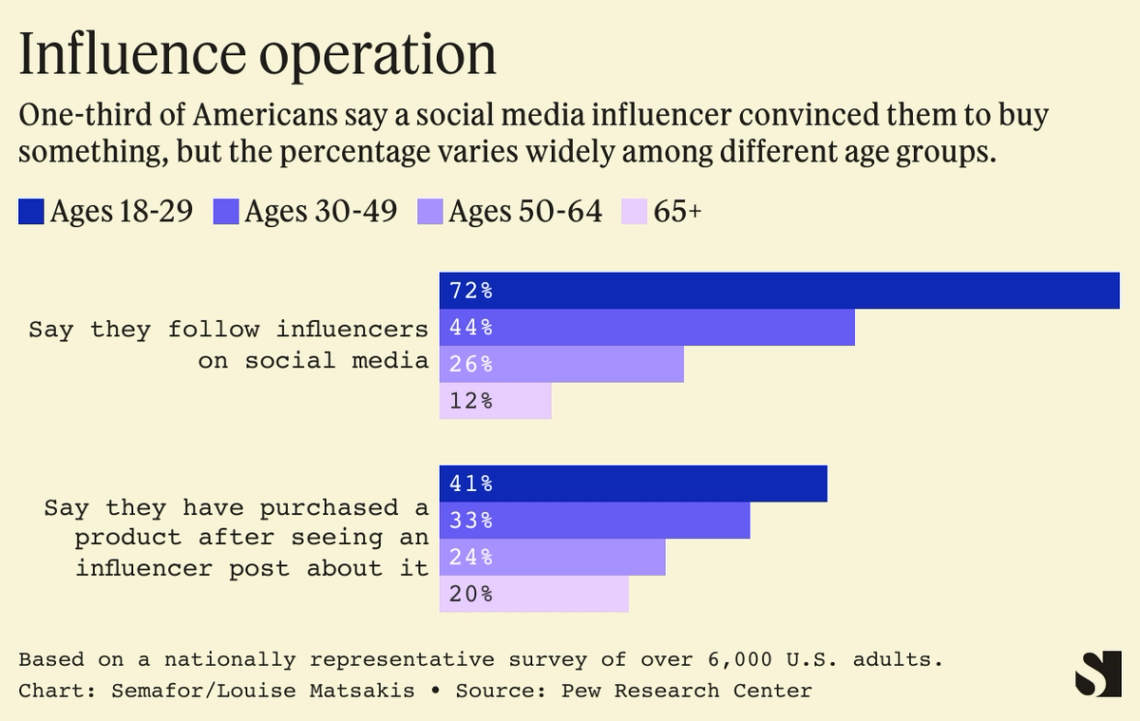Reed: I’ve read so many articles about how the layoffs and resignations at Twitter are about to crash the service. Why hasn’t it shut down? Alex: You can probably keep Twitter up and running, with no changes, with a couple hundred people. They just have to be the right people. One of the mistakes I think Elon made was structuring the rounds of layoffs and severance offers to only retain people who don’t have other great options. Twitter isn’t just going to fail. They have about 500,000 servers running thousands of services. Many of those can fail and, since the system has been well-architected, Twitter will continue to run with some degradation. This already happened when the two-factor authentication service failed, and for at least a day people with 2FA enabled couldn’t log back in. Eventually, there will be an issue that has to be addressed by SREs [site reliability engineer] or it will cause a cascading failure. Question will be if the right team exists at that point to stop the cascade. The other issue is that there is basically no security team left. So, it isn’t clear whether bug bounty reports are being addressed and if anybody is looking at alerts and investigating for breaches. Twitter was never going to just fail. The problem is that Elon is now running much higher risks, with a team formed of the people who couldn’t afford to quit. One of my big worries is that the team that stopped government influence ops is decimated. It’s pretty much open season on Twitter for Iran, China, Russia, and anybody else who wants to run large networks of fake accounts to manipulate opinion. Two more issues for Musk: 1. It will be very hard to make money with the key relationships broken. 2. The most common cause of downtime is code changes that go wrong. Executing on the product roadmap he has laid out with a skeleton crew will be really risky. | 


